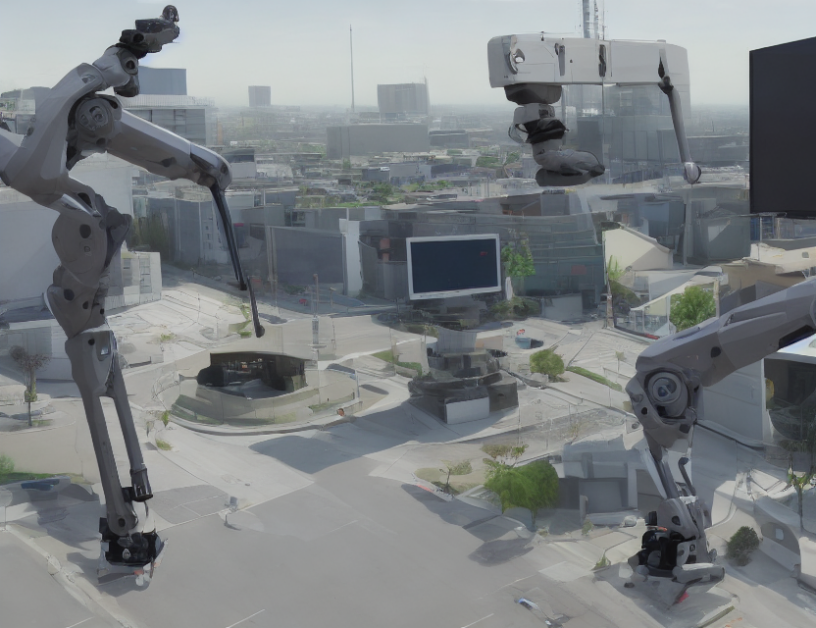To create a voice recognition robot, we need three key components: a microcontroller, a speech recognition system, and a communication module. The microcontroller is like the brain of the robot, processing commands and controlling its movements. The speech recognition system interprets spoken words into digital data, while the communication module allows the robot to connect with other devices or systems.
Section II: Simulation and Results
To test the concept, we simulated the voice recognition robot using Proteus simulation software. Our results showed that the robot could accurately recognize voices and perform tasks in real-time. This section provides a detailed analysis of the simulation results and explains how they validated our design architecture.
Section III: Software Aspects
Now let’s dive into the programming aspect of this technology. We used Arduino programming language to create a user interface that can understand voice commands and perform tasks accordingly. We also employed Android application development tools to create a drag-and-drop interface for users to program their robots. This section explains the software components in detail, including coding languages and tools used.
Section IV: Design Architecture
The design architecture of this voice recognition robot is a complex system that combines electrical, mechanical, communication, and computing components. We present a detailed description of the robot’s structure, highlighting its key components, such as motor drivers, relay modules, and Arduino boards. This section provides a comprehensive understanding of how these components work together to create an efficient voice recognition system.
Section V: Hardware Implementation
Now that we have discussed the software aspects of this technology, let’s take a closer look at the hardware implementation. We detail the integration of components such as motor drivers, relay modules, and Arduino boards into the robot’s structure. This section provides a step-by-step guide on how these components are assembled to create the final product.
Conclusion
In conclusion, this voice recognition robot with real-time surveillance and automation has the potential to revolutionize the way we interact with robots. By combining technical components such as microcontrollers, speech recognition systems, and communication modules, we can create a system that can accurately recognize voices and perform tasks in real-time. With further development, this technology could have numerous applications in various industries, from healthcare to manufacturing. So, the next time you interact with a robot, remember that voice recognition technology is the future of robotics!



